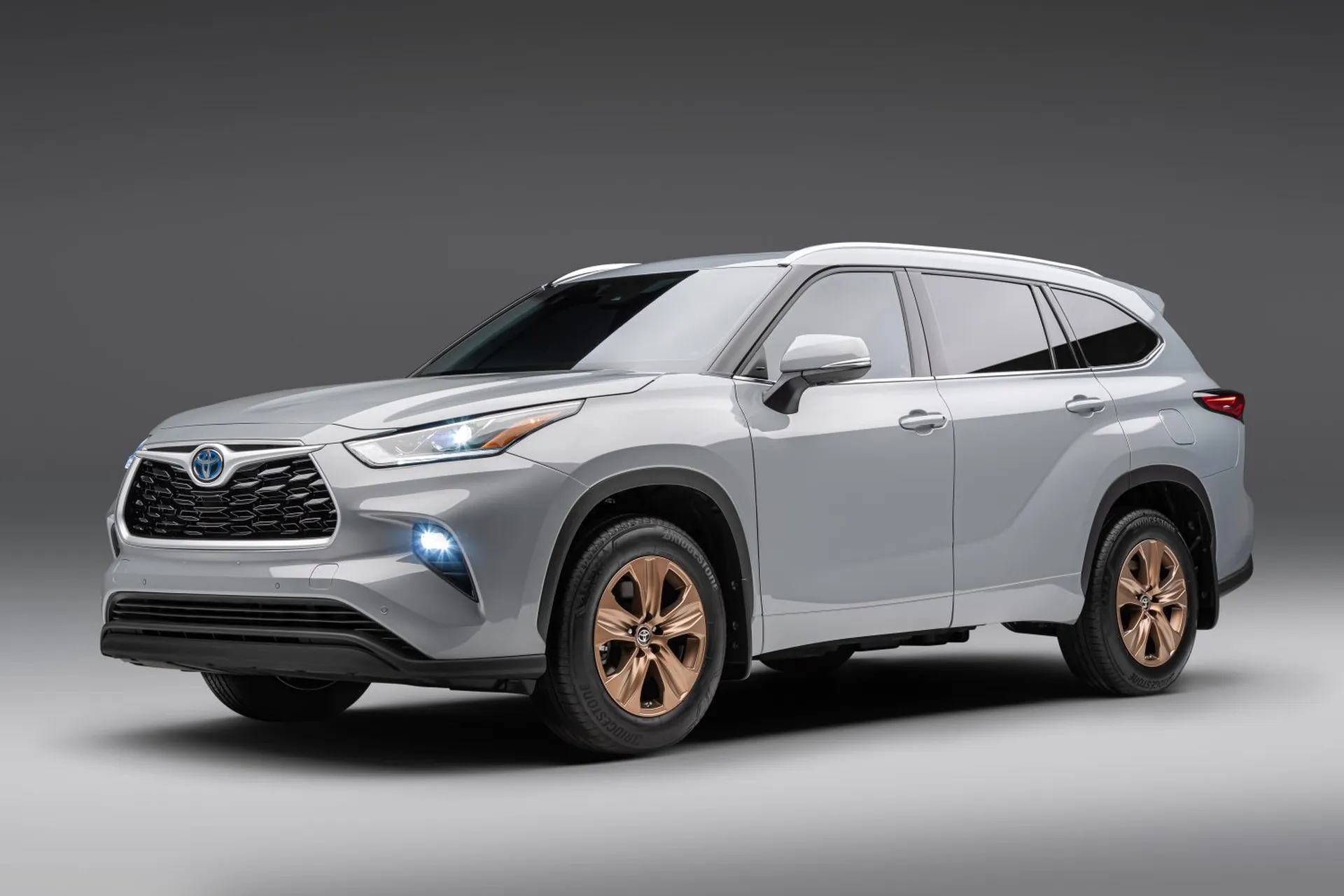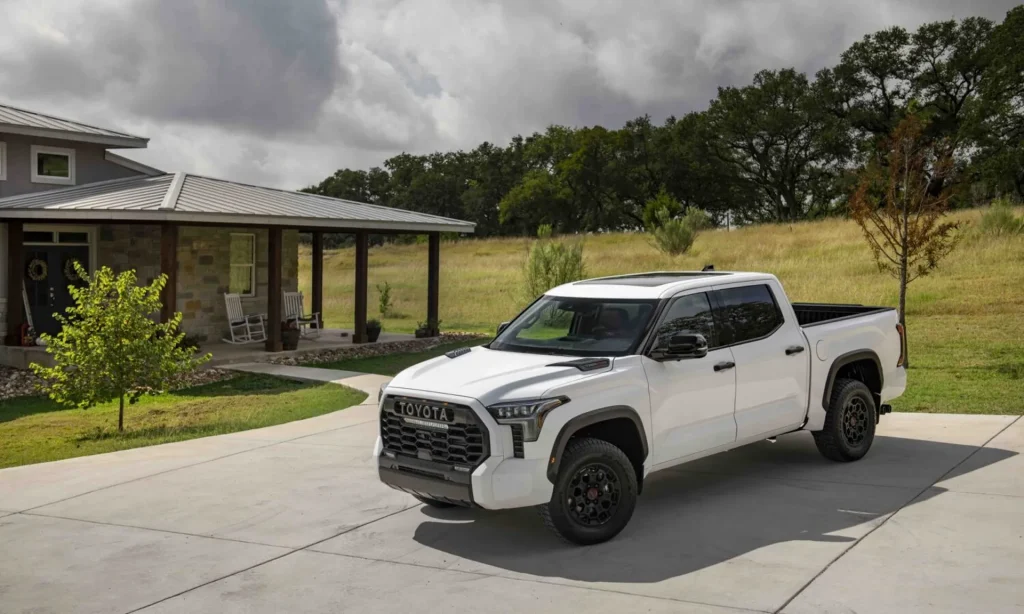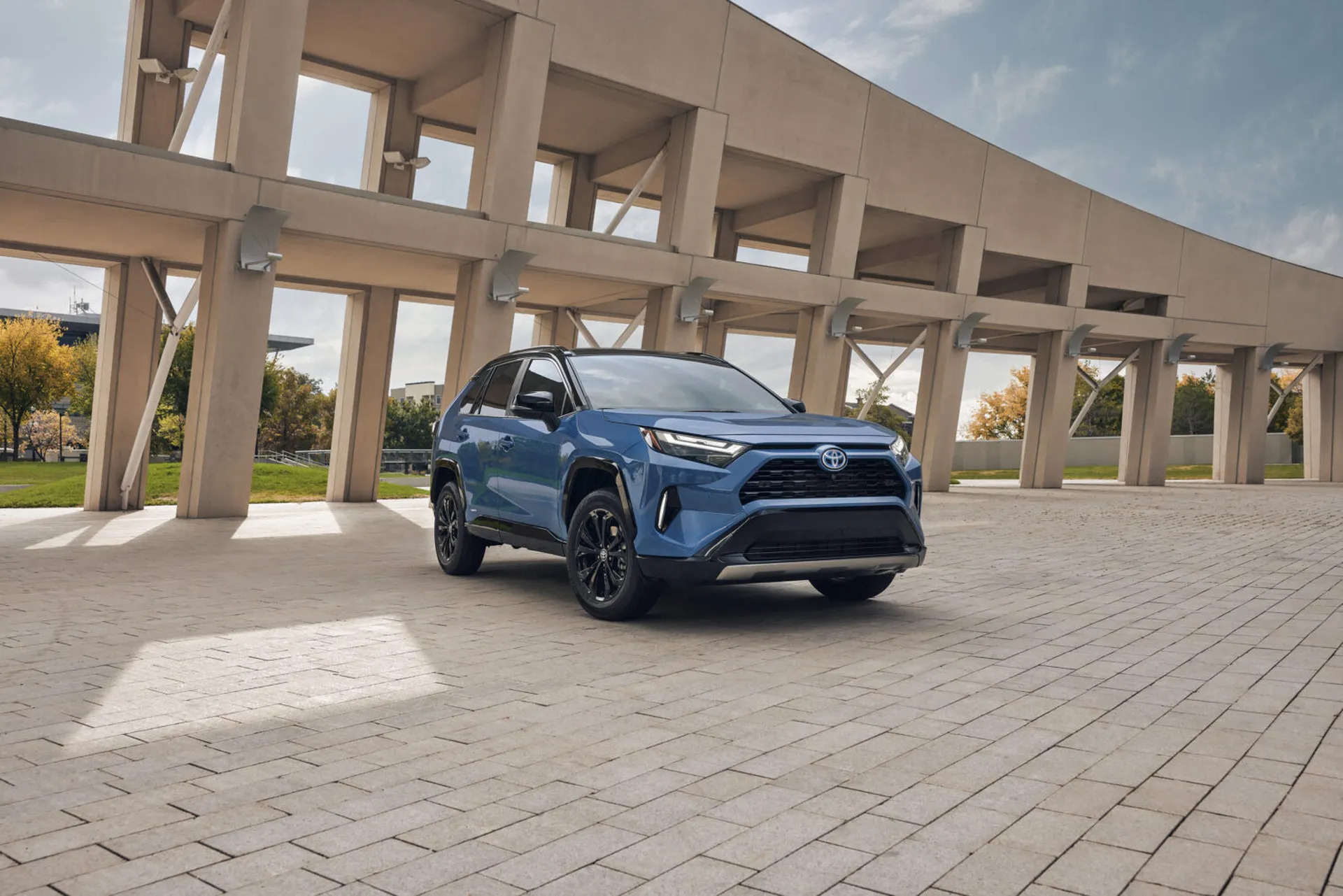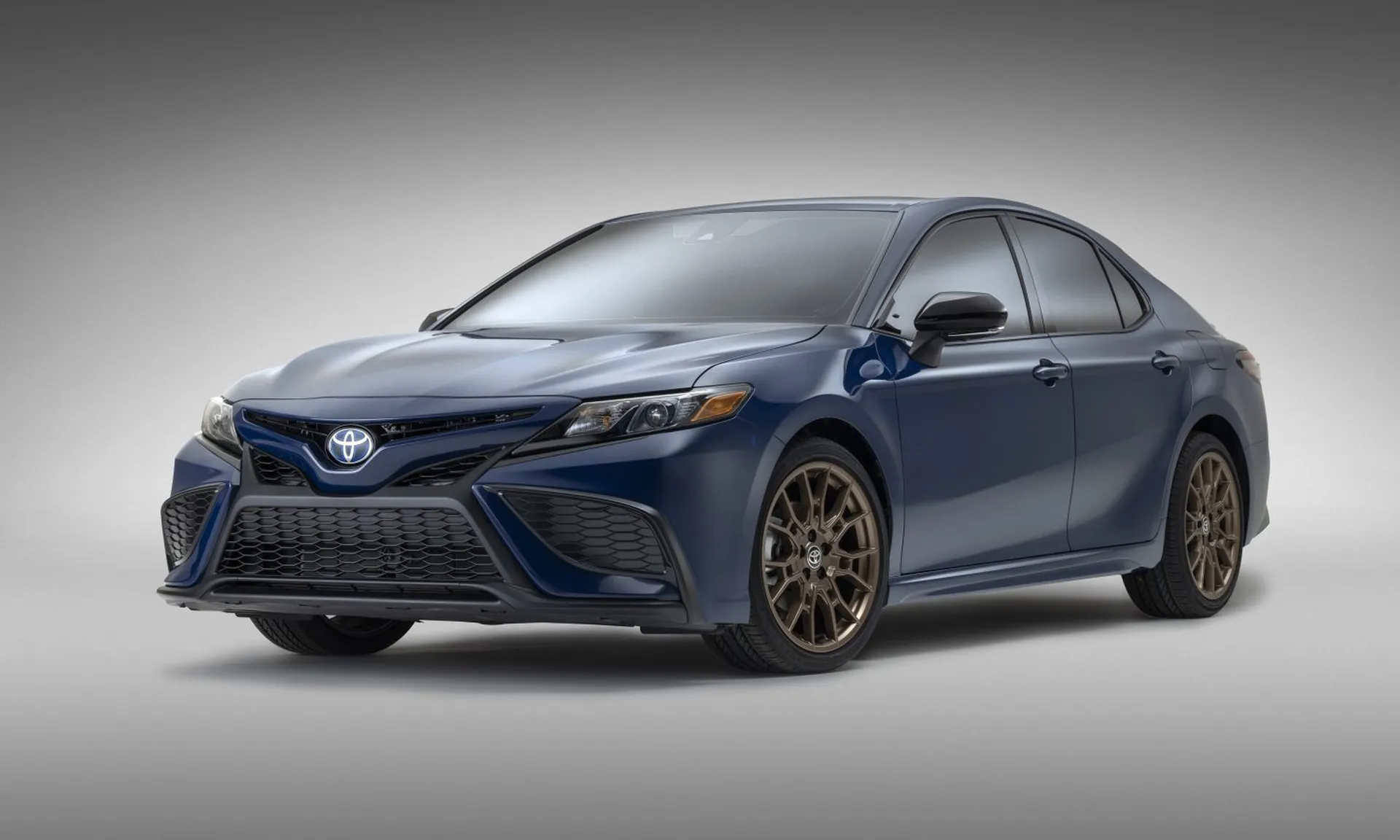
Peruse the Valley Hi Toyota inventory, and you will see that, with just a few exceptions, every Toyota model has hybrid versions. Specifically, this includes the Camry, Corolla, Corolla Cross, RAV4, Highlander, Grand Highlander, Sequoia, Tundra, and Crown. Some model lines are hybrid-only, such as the Sienna, Venza, and of course, the Prius. Exceptions include the hydrogen-powered Murai, the all-electric bZ4X, the two sports cars, and the Tacoma and 4Runner, the latter two of which will likely have hybrid versions in the near future.
So Toyota is obviously all-in for hybrids. When questioned about Toyota’s slow transition to EVs, recent Toyota CEO Akio Toyoda questioned that given a limited amount of battery materials, if it wasn’t better to have tens of millions of vehicles with small batteries significantly reducing carbon emissions, tens of thousands of all-electric no-emission vehicles in the world.
That is an interesting argument for hybrids on a global scale, but what about the personal scale? Should you consider a hybrid version of a Toyota model? Let’s give it a look.
What a Hybrid Is and What It Does

Hybrid passenger vehicles involve a combination of a gas engine and electric motors to propel the vehicle. In doing so, hybrids address two primary inefficiencies of gas-powered vehicles. One is that most of an engine’s power is only necessary for high-load moments like acceleration, driving up an incline, or carrying a very heavy load. The specifics vary by mode,l but for the most part, it only takes about 20 horsepower to keep a normal passenger car moving at a steady speed. And yet, when a car is cruising at a steady speed, all of the hardware needed to get it up to speed is still being fed and moving.
The other inefficiency is that a considerable amount of energy is lost to heat during braking, or pumping losses when decelerating with engine braking. The idea of a hybrid is to capture the energy lost to braking and deceleration and use it to help the engine when accelerating or climbing. The engine can now be smaller and more efficient because it is now getting help in doing the things a more powerful engine was needed for. In addition, Toyota hybrids are often accompanied by a continuously variable transmission that expands and narrows drive ratios without the inefficiency of gear changing.
Doing the Math

These factors combined can add up to a surprising level of efficiency. For example, the base non-electrified 203 horsepower Camry LE has an EPA-city/highway/combined MPG rating of 28/39/32. By contrast, the 208-horsepower Camry Hybrid LE is rated at 51/53/52. That is a 62% increase in combined efficiency with about the same amount of power. At an average of 10,000 miles per year, that would be using 312.5 gallons per year vs. 192.0. Figuring in the average California cost per gallon, which on the day of this writing at $5.792, that is an annual expenditure of $1,112 for the hybrid model vs. $1,807 for the gas-only model. That has the $2.495 MSRP difference between the two models pays for itself in a little over three years. The more city driving you do, the greater the fuel savings and vice versa. Of course, that is only the monetary difference, you are also reducing carbon emissions by 38% and making 38% fewer gas station visits. Plus, the hybrid will very likely have a higher value upon resale.
For the base RAV4 Hybrid LE, the pay-off takes a little over six years, but you also gain 16 horsepower and AWD. Compared with the LE AWD, the pay-off time is back to about 3.2 years.
You can do similar calculations on other Toyota models, but you get the idea. The hybrid will likely pay for itself while you are still making payments and eventually have higher resale value, plus the other benefits.
Hybrids Have No Additional Costs

Toyota continues to make conventional gas-powered cars because people continue to buy them, but other than their higher initial cost, there is no real downside to hybrid ownership. You simply drive them like a normal car. On Toyota’s, the power of a hybrid model is generally as much and often more than the gas-only version. There is no charging or plugging in to concern yourself with, and there are no additional maintenance costs. To be specific on that last point, there are no specific maintenance costs for the electric portion of the drivetrain. Beyond that, most of Toyota’s hybrid and gas-only models are pretty much identical to one another in terms of packaging and appearance. Sometimes the only way you can tell the difference is by the badge on the back and the hybrid-identifying blue background in the Toyota badge.
Hopefully, this has helped you understand a little more about hybrids in general and Toyota hybrids in particular. If you have any questions about specific hybrid models, any of the Valley Hi Toyota sales professionals will have the answers for you.





